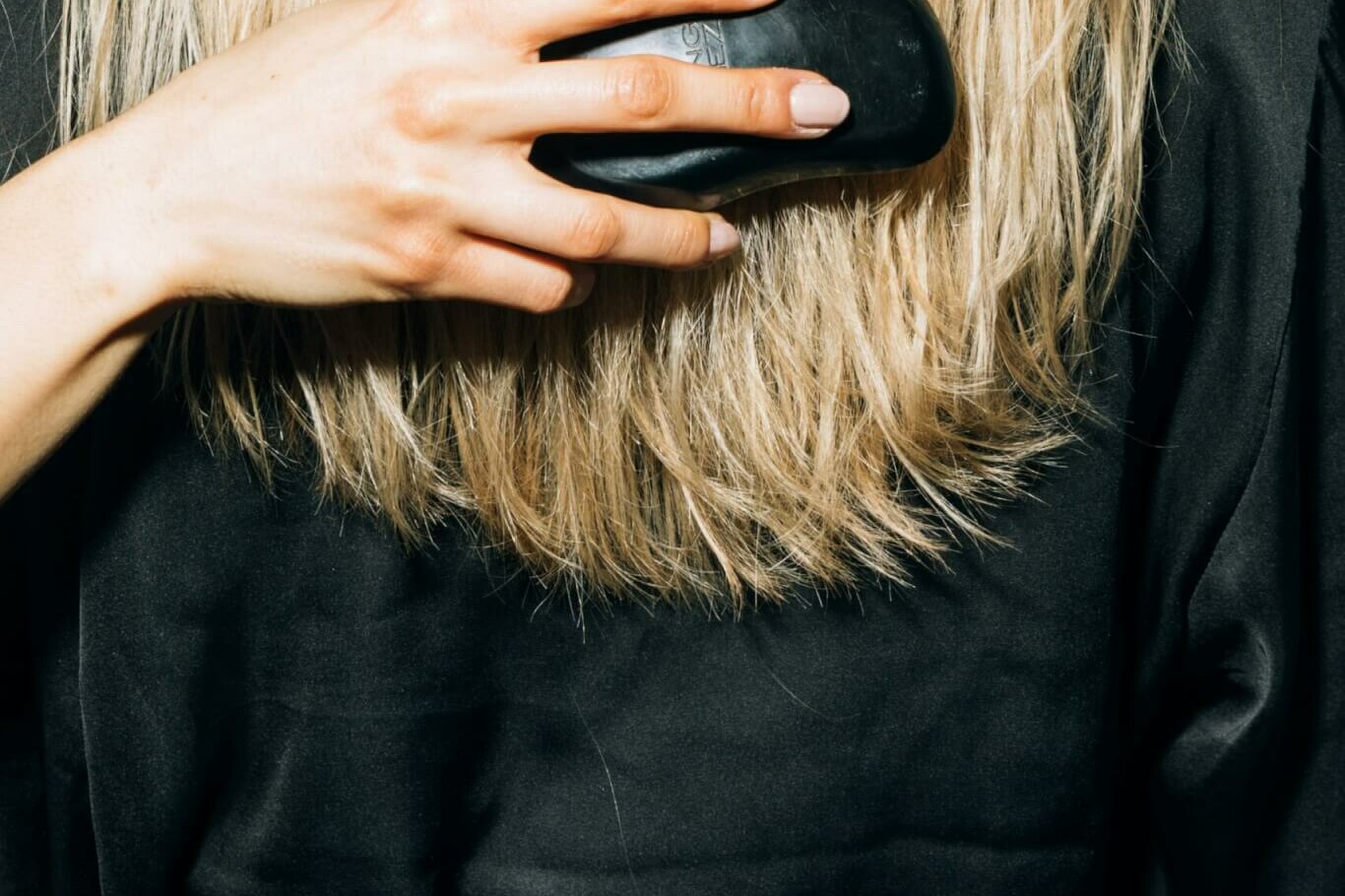Pregnancy is a beautiful and miraculous journey, but it comes with a few unexpected side effects, including postpartum hair loss. While it’s a common phenomenon, it can be overwhelming and distressing for new mothers. In this beginner’s guide, we’ll explore the causes, symptoms, and tips to manage postpartum hair loss.
Understanding Postpartum Hair Loss
Postpartum hair loss is a temporary hair loss condition that effect over 70% of new mothers. It usually occurs a few months after giving birth. This type of hair loss is a result of hormonal changes that occur during pregnancy. During pregnancy, the body experiences an increase in estrogen levels, which can prolong the growth phase of hair follicles, resulting in thicker and fuller hair.
However, after giving birth, the hormone levels drop rapidly, causing the hair follicles to enter a resting phase. The hair strands that were in the growth phase during pregnancy will fall out, leading to hair thinning and hair loss.
Symptoms of Postpartum Hair Loss
The symptoms of postpartum hair loss can vary depending on the severity of the condition. Some women may experience mild hair thinning, while others may experience significant hair loss. The most common symptoms include:
- Increased hair shedding during showering or brushing
- Thinning hair around the temples and crown
- Bald patches on the scalp
- Widening of the parting line
Causes of Postpartum Hair Loss
As mentioned earlier, postpartum hair loss is a result of hormonal changes that occur during pregnancy. However, there are other factors that can contribute to the condition, including:
- Stress and anxiety: Giving birth and taking care of a newborn can be stressful, and stress can contribute to hair loss.
- Nutritional deficiencies: Nutritional deficiencies can cause hair loss, and new mothers may experience deficiencies due to the demands of breastfeeding and caring for a newborn.
- Physical trauma: Labor and delivery can cause physical trauma to the body, which can trigger hair loss.
Tips to Manage Postpartum Hair Loss
While postpartum hair loss is temporary, it can be distressing for new mothers. Here are some tips to manage the condition:
- Be gentle with your hair: Use a gentle shampoo and avoid harsh styling products that can damage your hair further.
- Eat a balanced diet: Eating a healthy and balanced diet can help prevent nutritional deficiencies that can contribute to hair loss.
- Manage stress: Practice stress-relieving techniques such as meditation, yoga, or deep breathing exercises.
- Consult a Trichologist: If you’re experiencing significant hair loss, consult a Trichologist who can recommend treatments such as minoxidil or hair transplants.
- Consider a new hairstyle: Opt for a new hairstyle that can help conceal hair thinning or bald patches.
- Give it time: Postpartum hair loss is temporary, and hair will eventually grow back on its own. It may take up to 12 months for your hair to return to its pre-pregnancy state, but with patience and care, you can manage the condition.
Conclusion
Postpartum hair loss is a common side effect of pregnancy, but it doesn’t have to be distressing. By understanding the causes and symptoms of the condition, you can take steps to manage it. Remember, postpartum hair loss is temporary, and with time and care, your hair will eventually grow back.
Related Articles
September 6, 2025
Scalp Barrier 101 — How to Rebuild What Over-Cleansing Breaks
Your scalp is more than just the skin under your hair — it’s a living…
November 15, 2024
The Art of Detangling: How to Protect Your Wet Hair from Breakage and Split Ends
Detangling wet hair is a common part of many people’s hair care routine, yet…
November 12, 2024
The Hidden Risks of Dry Shampoo: How Overuse Can Impact Your Scalp Health and Hair Growth
Dry shampoo has become a beauty staple for many people, offering a quick and…




